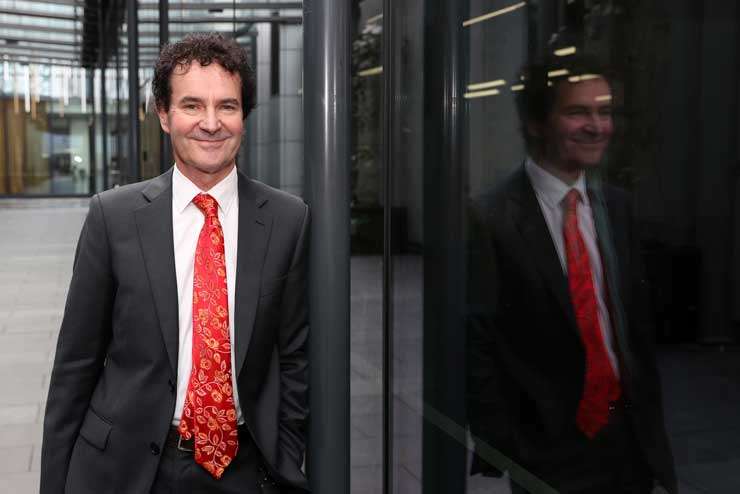ANALYSIS: Last week I wrote about the key results from my post-election survey of existing property investors. These included no change as yet in net intentions of buying a property, but decreased concerns about the 2021 tax changes and tenant rules, obviously driven by anticipation of them changing. I also noted a sharp rise in the proportion of those opting to sell who said it was in order to finance another purchase.
This week I am able to make some comments on the early results from my first post-election survey of real estate agents around the country. One key result is that whereas in late-September 40% of agents said that buyers were displaying FOMO – fear of missing out – that has now eased off slightly to 33%.
This tells me that the market is not running away on itself with people feeling time is no longer on their side. However, there is now high awareness that prices are rising. A net 35% of agents say prices are going up in their location – essentially the same as last months 38%.
But when asked about the things potential buyers are concerned about, only 9% of agents said falling prices after purchase. This is my FOOP measure – fear of over-paying. Last month the reading was 13%, three months ago 28%, and six months ago 68%. The latest result is the lowest in three and a half years. People accept prices are rising.
Start your property search
Read more:
- Sir John Key's former beach house up for grabs
- NZ's hottest suburb: House prices in beach town now above pre-slump peaks
- Back to boom times? Eight bidders drive price of villa to almost $4m
Worries about a shortage of listings have eased slightly, likely reflecting anticipation of some investors soon moving to sell their properties when the brightline test goes back from ten years to two years. Also, in recent months listings have edged up slightly.
But what about investor buying specifically? The net proportion of real estate agents saying that they are seeing more of them in the market has risen to 27% from 14% last month, 0% two months ago, and a net 44% six months ago saying fewer investors were appearing. This group of buyers is becoming increasingly active.
In fact, investor net buying intentions (selling subtracted out) have just risen to their highest level since January 2021. For first home buyers this is important news which reinforces my point in recent weeks.

Independent economist Tony Alexander: "The days of first home buyers accounting for 28% of all property purchases are numbered." Photo / Fiona Goodall
The window of opportunity for young buyers to pick and choose from a large number of properties on the market and face little competition in the auction room and tenders is closing. I don’t think the speed of that closing is necessarily that fast, not with investors still out of favour with banks to some extent and interest rates so high. But the days of first home buyers accounting for 28% of all property purchases are numbered.
On another matter, Statistics NZ this week reported that the number of consents issued for new dwellings to be built in September was down 37% from a year ago. These numbers have been falling reasonably steadily on a monthly basis since October last year. Before then consents for standalone houses had been dropping away, now multi-unit development consents are headed southwards.
In an environment of strong population growth this decline in new house supply can do only one thing to prices – push them higher - unless interest rates should rise firmly again. They have certainly increased from a few months ago. But with householders still feeling good job security, as each month goes by more and more people are getting used to interest rates at these non-pandemic levels.
The effectiveness of monetary policy therefore at restraining the economy is to some extent easing, not strengthening. Now, imagine what will happen when rising population and falling construction meet falling mortgage rates from probably late next year. It is not surprising that other forecasters are now approaching my expectation of prices rising 10% next year from 5% this year. 2025? Probably 15% or thereabouts.
Welcome to the upward leg of the house price cycle. It usually runs for about six years, and we are now entering month six.






























































